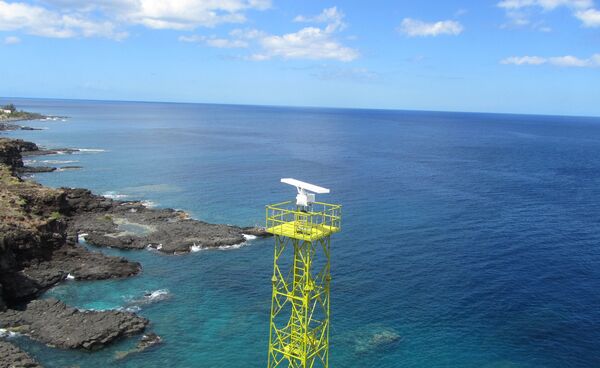
India is in the process of adding an additional 38 stations to augment the Indian Coast Guard's coastal radar network. The newer stations will have improved technology and more domestically manufactured components, according to Bharat Electronics Limited. (Bharat Electronics Limited)
Phase 2 of India's Coastal Surveillance System (CSS) is likely to be operational in 2023.
Under Phase 1 of the project, Bharat Electronics Limited (BEL) had been contracted to install remote static sensors at 46 locations. According to BEL, 36 of the stations are on the mainland and 10 on island territories, including Lakshadweep, Minicoy, and Andaman and Nicobar Islands.
However, gaps were reported in the radar coverage. According to BEL, Phase 2 will insert an additional 38 stations into the radar network to strengthen coverage.
Speaking to Janes on the sidelines of its annual press conference on 25 May, BEL said that the majority of all components have been supplied to complete this phase of the project.
“Barring INR2.8 billion (USD36 million) worth of civil infrastructure as well as a few radar systems, all components and sensors have been supplied,” a project engineer told Janes.
“In parallel, installation of the systems will start from 2022. We should be handing over the first [part] of Phase 2 [to the Indian Coast Guard] sometime from 2023,” the source said. “The system will cover 7,500 km of coastline, and the addition of the extra stations will raise the total number of static stations to 84. This will make the network ‘leak-proof'.”
Janes has learned that BEL will add four mobile stations to augment the coastal radar network in the Gulf of Kutch and the Gulf of Khambhat. “Once this is done, we complete Phase 2,” the source said.
Looking to read the full article?
Gain unlimited access to Janes news and more...







